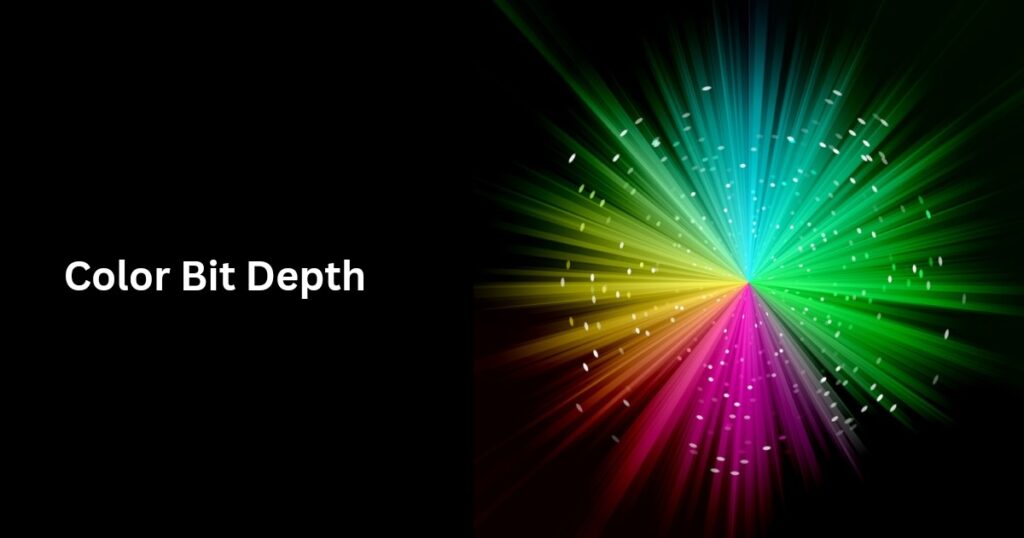OLED vs QD-OLED: Which TV has better color gamut & accuracy?
You might have been mesmerized by the vivid and precise colors displayed on an OLED TV.
But how exactly does it deliver such lifelike visuals?
The answer lies in its self-emissive organic pixels.
Since every pixel can individually produce the exact color needed for a scene, OLED TVs generally offer greater color accuracy and a wider color gamut than standard LED LCD TVs.
When it comes to OLED technology itself, there’s an ongoing debate between traditional OLEDs (WOLEDs) and QD-OLEDs regarding which delivers superior performance.
In this article, we’ll compare their color gamut and accuracy.
OLED
A conventional OLED, also known as a WOLED TV, relies on an organic layer that emits white light.
This white light is then passed through color filters to generate red, green, and blue.
Along with an additional white subpixel, these primary RGB subpixels work together to create the wide range of colors you see on a WOLED display.
QD-OLED
A QD-OLED TV employs a blue organic light-emitting layer paired with a quantum dot layer placed in front of it.
When the blue light passes through, the quantum dots absorb and convert it into pure red, green and blue hues.
These primary RGB colors then blend together to generate the full spectrum of colors visible on the screen.
OLED vs QD-OLED: Which TV produces more accurate colors?
In a conventional OLED, or WOLED TV, the white light generated by the organic emitting layer passes through red, green, and blue color filters, where it is divided into its respective RGB components.
Alongside these, a fourth subpixel, the white subpixel, remains unfiltered and contributes directly to the image.
Since the red, green, and blue colors in a WOLED display are produced by filtering white light and cutting out unwanted wavelengths, they appear less intense compared to the unfiltered white subpixel.
When this white light combines with the RGB colors, it boosts their brightness but on the other hand, reduces their purity.
As a result, the colors on a conventional OLED or WOLED TV are not as pure.
In a QD-OLED TV, a quantum dot layer is placed in front of the blue organic emitters.
When the blue light hits this layer, the quantum dots convert it into pure RGB colors.
Unlike color filters that block unwanted wavelengths in a traditional OLED, quantum dots directly absorb and re-emit the light as the desired colors in a QD-OLED TV.
Because these red, green, and blue hues are monochromatic and highly pure, the display can achieve an exceptionally pure and wide color gamut, with stunning accuracy and vibrant, lifelike details.
Since the colors produced on a QD-OLED display are not diluted by a white subpixel, as in a WOLED or traditional OLED, they retain their full purity.
OLED vs QD-OLED: Which TV achieves a wider color gamut?
A QD-OLED TV generates the primary RGB colors using quantum dots rather than color filters.
This helps it preserve the full intensity of pure red, green, and blue colors by removing the need for a white subpixel.
In contrast, a conventional OLED or WOLED TV relies on filtered RGB colors which are mixed with the stronger white subpixel, resulting in relatively less pure and less intense RGB colors as compared to white.
Thus, a QD-OLED TV delivers a wider and purer color gamut with richer and more accurate colors compared to a standard OLED or WOLED TV.



Spot on with this write-up, I truly assume this web site needs way more consideration. I’ll in all probability be once more to read far more, thanks for that info.
Thanks 😊 friend